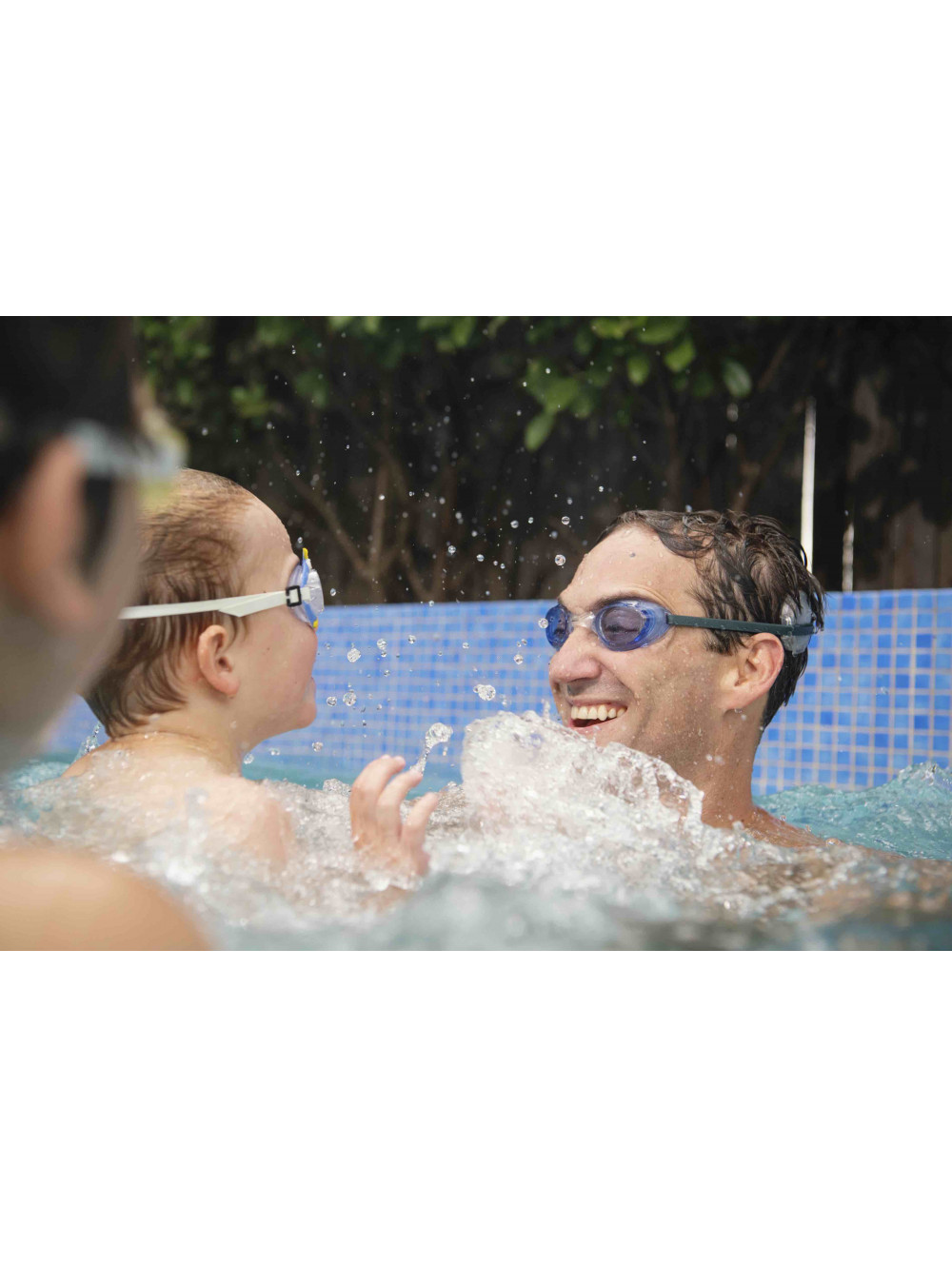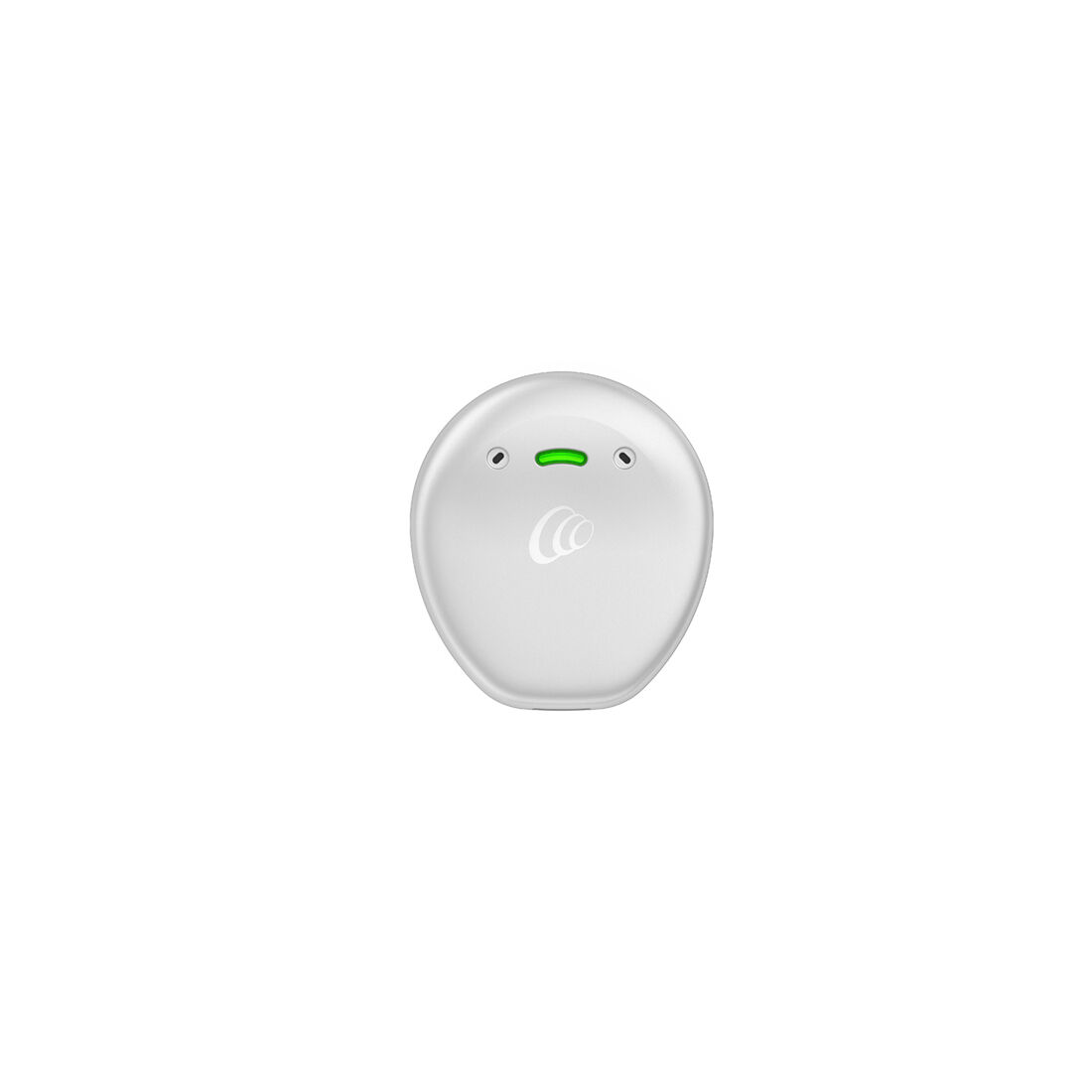

Of course, there are still some places outside of this orientation range where the Zoom algorithm doesn’t provide complete position compensation. This was found during bench testing to be most optimal to maximize performance.
#Kanso 2 magnet plus#
3įor fixed directionality, the microphone beamformer design has been optimized from a BTE processor when orientated plus to minus 30 degrees from the vertical of the top of the ear. So, when recipients are listening in quiet or with speech and noise coming from in front, that performance will be the same with Kanso 2 as with a BTE. Marian Jones: Both Kanso and Kanso 2 Sound Processors have been engineered to provide equal frontal sensitivity and similar polar plot characteristics with standard directionality to a behind-the ear (BTE) sound processor.
#Kanso 2 magnet portable#
In addition, when developing the Home Charger, the Portable Charger accessory was developed based on feedback, providing reassurance for recipients of being off-the-air when battery is out of life.Īudiology Online: How does Cochlear test to ensure that processors in the off-the-ear position are as effective as behind-the-ear processors? ~ These then became the foundation of Kanso 2 Sound Processor features. These included: the device being waterproof, extended integrated battery life, and connectivity capabilities. For Kanso 2, the highly desirable features were around usability, performance and esthetics. Marian Jones: The product development team utilizes extensive market research, focus groups, post-market surveillance reports on previous generation sound processors and feedback from recipients, clinicians and caregivers.

We use an iterative approach that allows us the flexibility to incorporate learnings back into our designs and test as we go.Īudiology Online: What does the product development team use to help them determine features that would be most beneficial to recipients for a new sound processor? Importantly, this process is not linear and continues beyond the launch of any product. Once the Kanso 2 Sound Processor design progressed, usability studies were conducted in parallel with the Kanso 2 clinical trial, so the usability of the product was validated with representative end-users (recipients and caregivers).Īt Cochlear, the voice of our recipients, caregivers and clinicians are integral throughout each stage of the product development process. Early-stage (formative) testing was conducted on the product prototypes to establish baseline user performance and satisfaction levels for future usability evaluations. This can be in both the physical hardware design as well as the firmware and software.Īn integral part of the product development process is Usability Engineering and the FDA guidance on Human Factors, where the focus is on the interaction of the user with the sound processor and associated accessories. It’s crucial to obtain real-world use of the sound processor in its various stages of development as inevitably this experience highlights what may still need to be tweaked or modified. Throughout the clinical trial, the study participants were fit with different sound processor iterations as the features were developed. Early prototype builds were tested both on the bench and used in clinical feasibility testing. The Kanso 2 Sound Processor involved an initial phase of defining and selecting the sound processor concept, which included focus groups with recipients and market research conducted with clinicians, recipients, and candidates completed in five countries across Cochlear’s three global regions.

Marian Jones: Cochlear has a well-defined product development process.

Audiology Online: We've heard that you were part of the Kanso 2 Sound Processor Development Team - can you tell us the process of developing a new sound processor at Cochlear?


 0 kommentar(er)
0 kommentar(er)
